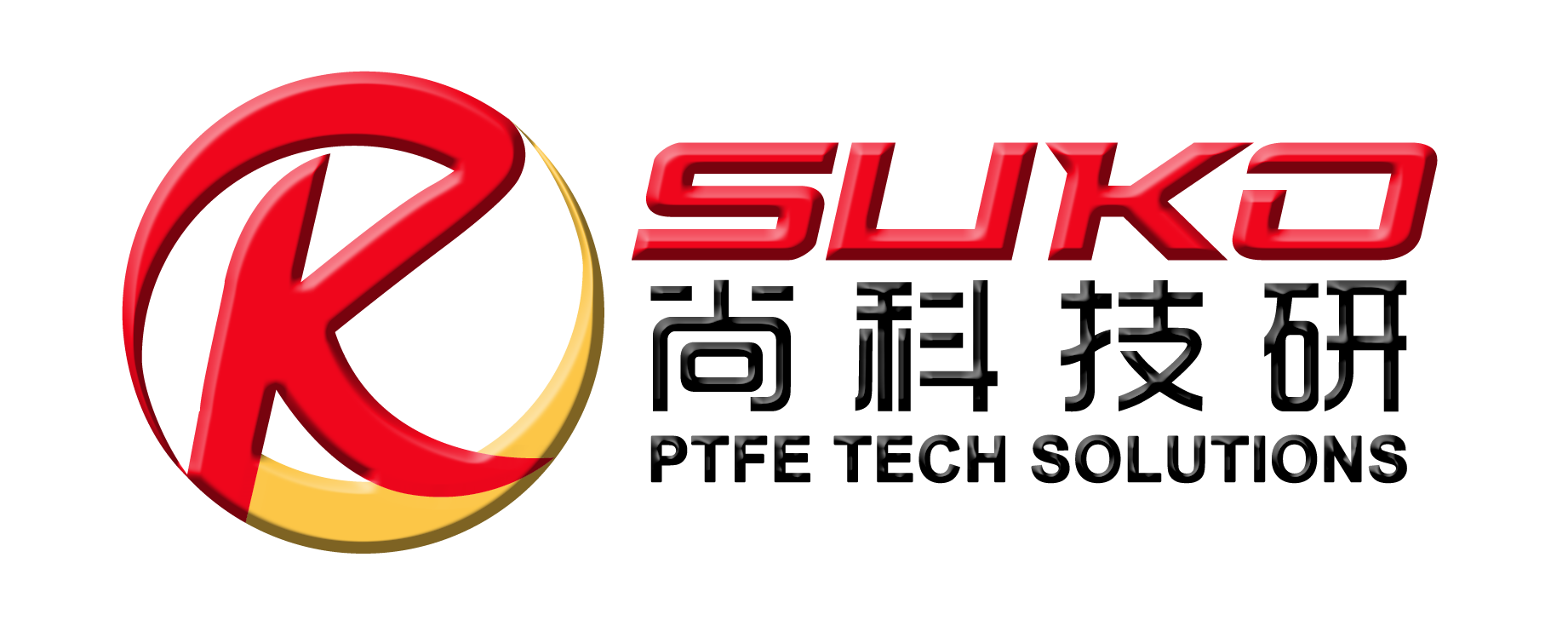Both of these processes are used to make hollow, seamless parts out of thermoplastic polymers. Rotational molding can also be used for thermosets. Parts range in size from small plastic bottles of only 5 ml (0.15 oz) to large storage drums of 38,000 l (10,000 gal) capacity. Although the two processes compete in certain cases, generally they have found their own niches. Blow molding is more suited to the mass production of small disposable containers, while rotational molding favors large hollow shapes.

Blow molding is a molding process in which air pressure is used to inflate soft plastic into a mold cavity. It is an important industrial process for making one-piece hollow plastic parts with thin walls, such as bottles and similar containers. Since many of these items are used for consumer beverages for mass markets, production is typically organized for very high quantities. The technology is borrowed from the glass industry with which plastics compete in the disposable or recyclable bottle market.
Extrusion Blow Molding. This form of blow molding consists of the cycle illustrated below. In most cases, the process is organized as a very high production operation for making plastic bottles. The sequence is automated and usually integrated with downstream operations such as bottle filling and labeling. It is usually a requirement that the blown container be rigid, and rigidity depends on wall thickness among other factors.
Injection Blow Molding. In this process, the starting parison is injection molded rather than extruded. A simplified sequence is outlined in below. Compared to its extrusion-based competitor, the injection blow-molding process has a lower production rate, which explains why it is less widely used.
In a variation of injection blow molding, called stretch blow molding , the blowing rod extends downward into the injection molded parison during step 2, thus stretching the soft plastic and creating a more favorable stressing of the polymer than conventional injection blow molding or extrusion blow molding. The resulting structure is more rigid, with higher transparency and better impact resistance. The most widely used material for stretch blow molding is polyethylene terephthalate (PET), a polyester that has very low permeability and is strengthened by the stretch-blow-molding process. The combination of properties makes it ideal as a container for carbonated beverages.
Materials and Products. Blow molding is limited to thermoplastics. Polyethylene is the polymer most commonly used for blow molding; in particular, high density and high molecular weight polyethylene (HDPE and HMWPE). In comparing their properties with those of low density PE given the requirement for stiffness in the final product, it is more economical to use these more expensive materials because the container walls can be made thinner. Other blow moldings are made of polypropylene (PP), polyvinylchloride (PVC), and polyethylene terephthalate.
Disposable containers for packaging liquid consumer goods constitute the major share of products made by blow molding; but they are not the only products. Other items include large shipping drums (55 gallon) for liquids and powders, large storage tanks (2000 gallon), automotive gasoline tanks, toys, and hulls for sail boards and small boats. In the latter case, two boat hulls are made in a single blow molding and subsequently cut into two open hulls.
Post time: Mar-15-2016

